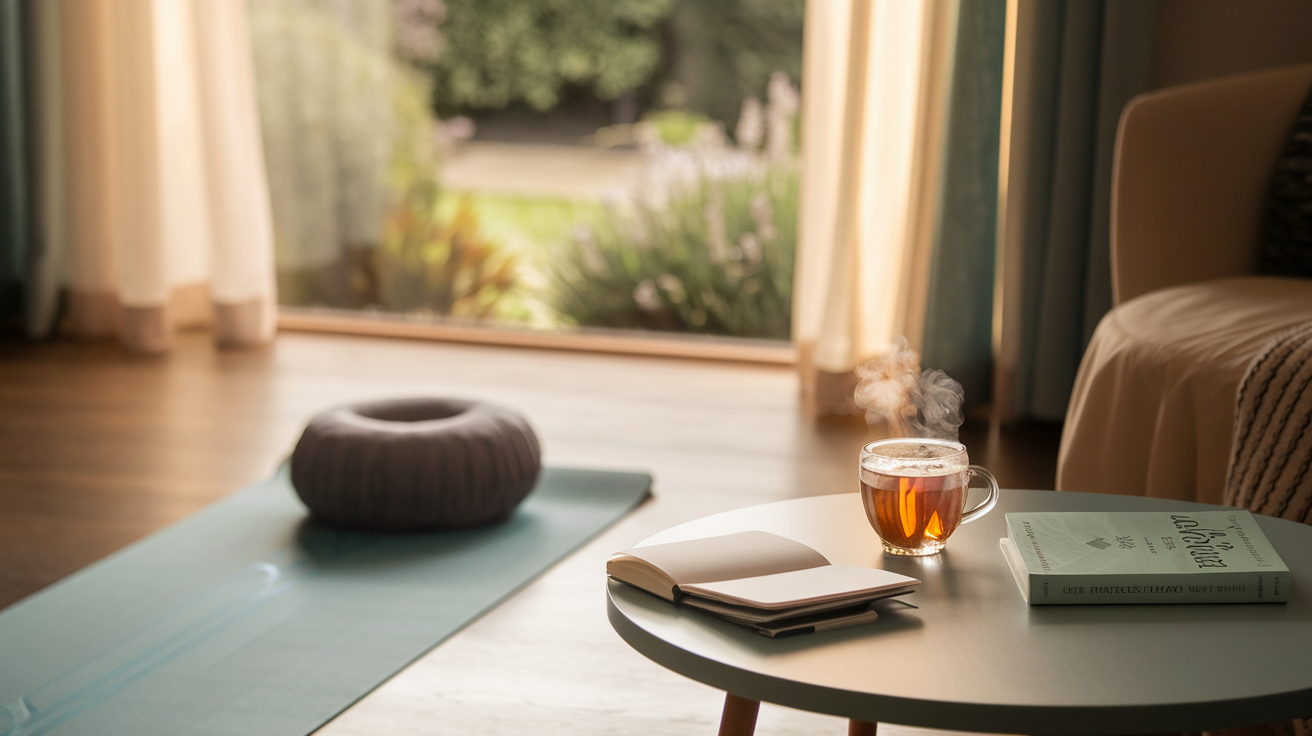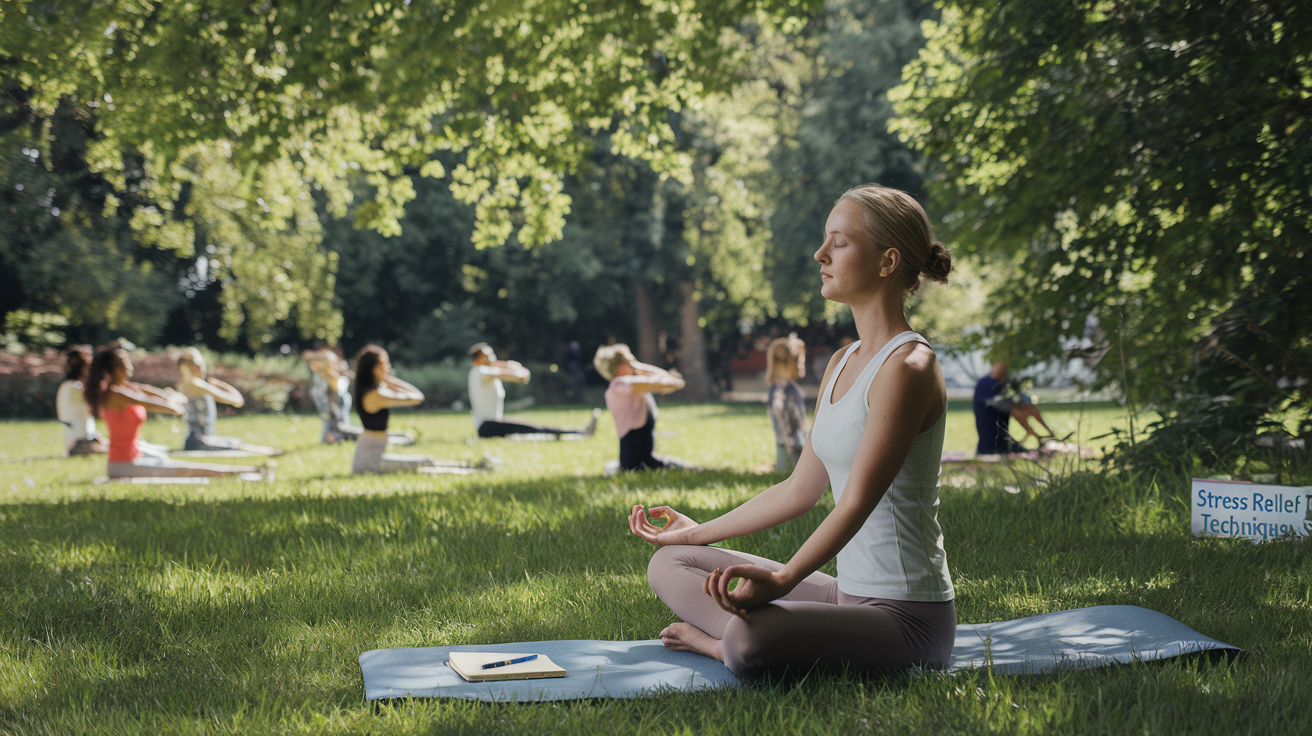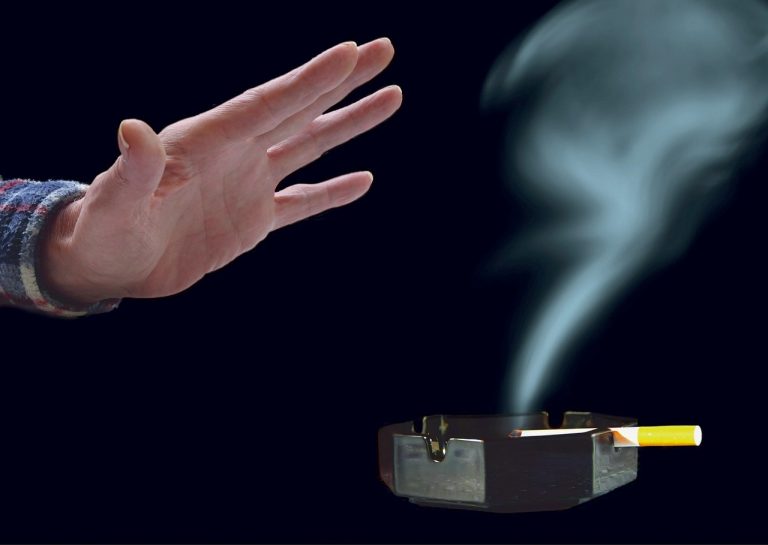Are you feeling overwhelmed, anxious, or constantly on edge? You’re not alone. In today’s fast-paced world, stress has become an unwelcome companion for many of us, silently chipping away at our happiness and well-being. 😓
But what if you could transform your life and reclaim your joy? 🌟 Imagine waking up each day feeling refreshed, tackling challenges with ease, and enjoying a sense of inner peace. It’s not just a dream – it’s entirely possible with the right stress-relief techniques. In this blog post, we’ll explore a variety of powerful methods to help you combat stress and cultivate a happier, more fulfilling life.
From physical exercises that melt away tension to mental strategies that reshape your outlook, we’ll cover it all. We’ll delve into lifestyle changes that create a buffer against stress, social approaches that leverage the power of connection, and even professional resources for when you need extra support. So, take a deep breath and get ready to embark on a journey towards a calmer, more contented you. Let’s dive into the best stress-relief techniques that will set you on the path to a happier life!
Understanding Stress and Its Impact

A. Recognizing stress symptoms
Stress manifests in various ways, affecting both our physical and mental well-being. Common physical symptoms include:
- Headaches
- Muscle tension or pain
- Fatigue
- Sleep disturbances
- Digestive issues
Emotional and behavioral signs of stress may include:
- Irritability or mood swings
- Anxiety or restlessness
- Difficulty concentrating
- Changes in appetite
- Social withdrawal
Recognizing these symptoms early is crucial for effective stress management.
B. The long-term effects of chronic stress
Prolonged exposure to stress can have severe consequences on our health. Chronic stress may lead to:
- Cardiovascular problems, including high blood pressure and increased risk of heart disease
- Weakened immune system, making us more susceptible to illnesses
- Mental health issues such as depression and anxiety disorders
- Cognitive decline and memory problems
- Hormonal imbalances affecting various bodily functions
C. How stress affects daily life and relationships
Stress can significantly impact our daily functioning and interpersonal connections. It may result in:
- Decreased productivity and performance at work or school
- Strained relationships with family, friends, and colleagues
- Reduced ability to enjoy leisure activities and hobbies
- Impaired decision-making skills and problem-solving abilities
- Increased likelihood of engaging in unhealthy coping mechanisms
Understanding these effects highlights the importance of developing effective stress management strategies. By recognizing stress symptoms and acknowledging their impact, we can take proactive steps towards a healthier, more balanced life. In the next section, we’ll explore physical techniques that can help alleviate stress and promote overall well-being.
Physical Techniques for Stress Relief

Deep breathing exercises
Deep breathing exercises are a powerful and easily accessible technique for immediate stress relief. Here are some effective methods:
-
Box Breathing:
- Inhale for 4 counts
- Hold for 4 counts
- Exhale for 4 counts
- Hold for 4 counts
- Repeat for 5-10 cycles
-
4-7-8 Technique:
- Inhale for 4 counts
- Hold for 7 counts
- Exhale for 8 counts
- Repeat 3-4 times
These exercises activate your parasympathetic nervous system, promoting relaxation and reducing stress hormones.
Progressive muscle relaxation
This technique involves systematically tensing and relaxing different muscle groups, promoting physical and mental relaxation. Start from your toes and work your way up to your head, spending about 5 seconds tensing each muscle group before releasing the tension.
Regular exercise routines
Engaging in regular physical activity is crucial for managing stress. Aim for at least 30 minutes of moderate exercise daily, such as:
- Brisk walking
- Jogging
- Swimming
- Cycling
- Dancing
Exercise releases endorphins, improves mood, and enhances overall well-being.
Yoga and stretching
Incorporating yoga and stretching into your routine can significantly reduce stress levels. These practices combine physical movement with mindfulness, promoting relaxation and flexibility. Consider trying:
- Hatha yoga for beginners
- Restorative yoga for deep relaxation
- Simple stretching routines focusing on areas of tension
Now that we’ve explored physical techniques for stress relief, let’s move on to mental and emotional strategies that can further enhance your stress management toolkit.
Mental and Emotional Stress-Busting Strategies

Mindfulness meditation
Mindfulness meditation is a powerful tool for managing stress and promoting mental well-being. This practice involves focusing your attention on the present moment, acknowledging your thoughts and feelings without judgment. Here are some key benefits of mindfulness meditation:
- Reduces anxiety and depression symptoms
- Improves emotional regulation
- Enhances self-awareness
- Boosts concentration and focus
To start practicing mindfulness meditation, find a quiet space, sit comfortably, and focus on your breath. When your mind wanders, gently bring your attention back to your breathing.
Positive self-talk and affirmations
Transforming negative thoughts into positive ones can significantly impact your stress levels. Positive self-talk and affirmations help rewire your brain to focus on optimistic outcomes. Try incorporating these practices into your daily routine:
- Start your day with positive affirmations
- Challenge negative thoughts with evidence-based reasoning
- Use “I can” statements instead of “I can’t”
- Practice gratitude by focusing on what you’re thankful for
Journaling for emotional release
Writing down your thoughts and feelings can be a cathartic experience, helping you process emotions and reduce stress. Consider these journaling techniques:
- Stream of consciousness writing
- Gratitude journaling
- Problem-solving entries
- Emotion-focused reflections
Cognitive restructuring techniques
Cognitive restructuring involves identifying and challenging negative thought patterns. This technique helps you develop a more balanced perspective on stressful situations. Some effective methods include:
- Identifying cognitive distortions
- Challenging automatic negative thoughts
- Reframing negative situations in a more positive light
- Practicing perspective-taking
Time management and prioritization
Effective time management can significantly reduce stress by helping you feel more in control of your daily tasks. Consider implementing these strategies:
- Use a planner or digital calendar to organize your schedule
- Break large tasks into smaller, manageable steps
- Set realistic goals and deadlines
- Learn to say “no” to non-essential commitments
By incorporating these mental and emotional stress-busting strategies into your life, you’ll be better equipped to handle stress and maintain a more positive outlook. Next, we’ll explore lifestyle changes that can further contribute to stress reduction and overall well-being.
Lifestyle Changes for Stress Reduction

Improving sleep habits
Quality sleep is crucial for effective stress management. To improve your sleep habits:
- Establish a consistent sleep schedule
- Create a relaxing bedtime routine
- Avoid screens at least an hour before bed
- Keep your bedroom cool, dark, and quiet
Nutrition for stress management
A balanced diet can significantly impact your stress levels. Consider these tips:
- Incorporate stress-busting foods like leafy greens, fatty fish, and nuts
- Stay hydrated throughout the day
- Limit processed and sugary foods that can cause energy crashes
Creating a relaxing environment
Your surroundings play a vital role in stress reduction. Try these strategies:
- Declutter your living and working spaces
- Add plants to your environment for a calming effect
- Use soothing colors and soft lighting in your home
- Create a designated relaxation area
Limiting caffeine and alcohol intake
While seemingly helpful, excessive caffeine and alcohol can exacerbate stress. Here’s how to manage consumption:
- Gradually reduce caffeine intake, especially in the afternoon
- Opt for herbal teas or decaf alternatives
- Set a limit on alcoholic drinks per week
- Replace alcohol with stress-relieving activities like exercise or meditation
By implementing these lifestyle changes, you’ll create a solid foundation for long-term stress relief. Remember, consistency is key when adopting new habits. Now that we’ve covered lifestyle modifications, let’s explore how social connections can further alleviate stress.
Social and Interpersonal Stress Relief Methods

Building a support network
One of the most effective ways to manage stress is by cultivating a strong support network. Surrounding yourself with positive, understanding individuals can provide emotional comfort and practical assistance during challenging times. Here are some ways to build and maintain a supportive network:
- Join local community groups or clubs aligned with your interests
- Reconnect with old friends and family members
- Attend social events or workshops to meet like-minded people
- Volunteer for causes you care about to connect with others who share your values
Effective communication skills
Improving your communication skills can significantly reduce interpersonal stress and enhance your relationships. Key aspects of effective communication include:
- Active listening: Focus on understanding the speaker’s message without interrupting
- Assertiveness: Express your thoughts and feelings clearly and respectfully
- Empathy: Try to see situations from others’ perspectives
- Non-verbal cues: Pay attention to body language and tone of voice
Setting healthy boundaries
Establishing and maintaining healthy boundaries is crucial for managing stress in relationships. This involves:
- Clearly communicating your limits and expectations
- Learning to say “no” to requests that overwhelm you
- Respecting others’ boundaries as well as your own
- Regularly reassessing and adjusting your boundaries as needed
Engaging in social activities and hobbies
Participating in enjoyable social activities and hobbies can be an excellent way to relieve stress and build connections. Consider:
- Joining a sports team or fitness class
- Taking up a creative hobby like painting or music
- Attending cultural events or festivals
- Organizing regular game nights or potluck dinners with friends
By implementing these social and interpersonal stress relief methods, you can create a more supportive environment and develop stronger relationships, ultimately leading to a happier, less stressful life.
Professional Help and Resources

When to seek therapy or counseling
Recognizing when professional help is needed is crucial for effective stress management. Consider seeking therapy or counseling if:
- Your stress levels interfere with daily life
- You experience persistent anxiety or depression
- You’re using unhealthy coping mechanisms
- Your relationships are suffering due to stress
Remember, seeking help is a sign of strength, not weakness.
Types of stress management programs
Various stress management programs cater to different needs and preferences:
- Cognitive Behavioral Therapy (CBT)
- Mindfulness-Based Stress Reduction (MBSR)
- Group therapy sessions
- Workplace stress management workshops
- Holistic wellness programs
Stress-relief apps and online tools
In our digital age, numerous apps and online resources can help manage stress:
- Headspace: Guided meditation and mindfulness exercises
- Calm: Sleep stories, meditation, and relaxation techniques
- Talkspace: Online therapy and counseling
- Breathe2Relax: Diaphragmatic breathing exercises
- Pacifica: Mood tracking and CBT-based tools
Self-help books and courses
For those who prefer self-guided learning, consider these options:
- “The Relaxation and Stress Reduction Workbook” by Martha Davis
- “Stress Management for Dummies” by Allen Elkin
- Coursera’s “De-Mystifying Mindfulness” course
- Udemy’s “Stress Management: 40+ Easy Ways to Deal With Stress”
These resources can provide valuable insights and techniques for managing stress effectively. Remember, the key is to find what works best for you and consistently apply these stress-relief techniques in your daily life.

Embracing effective stress-relief techniques is crucial for maintaining a happier, healthier life. From physical exercises and mindfulness practices to lifestyle adjustments and social connections, there are numerous ways to combat stress and improve overall well-being. Remember that different methods work for different people, so it’s essential to experiment and find the strategies that resonate best with you.
Ultimately, managing stress is an ongoing process that requires commitment and self-awareness. By incorporating these stress-relief techniques into your daily routine, you can build resilience, enhance your quality of life, and cultivate a more positive outlook. Don’t hesitate to seek professional help if you find stress overwhelming – there are always resources available to support you on your journey to a happier, more balanced life.




